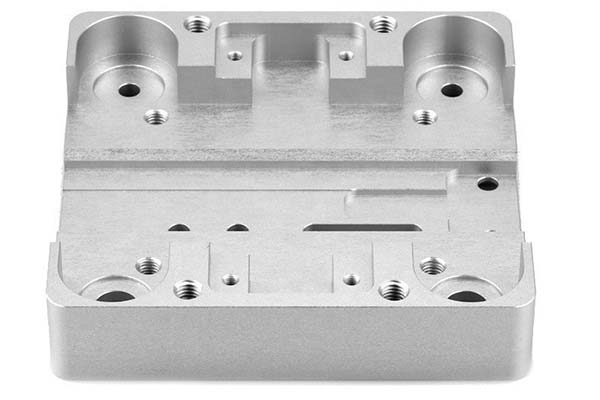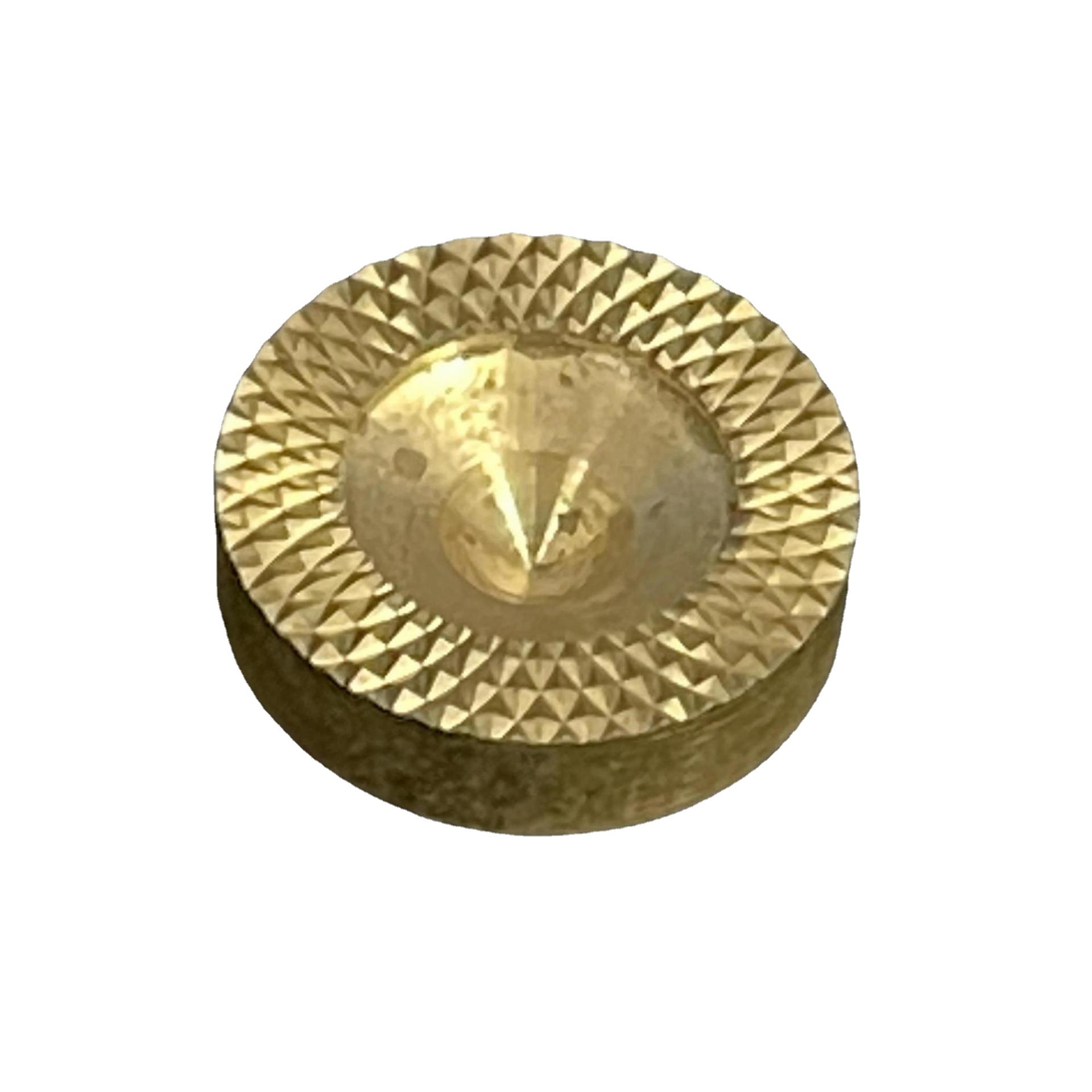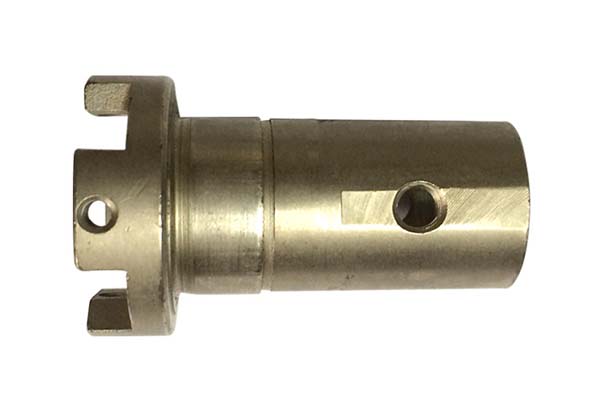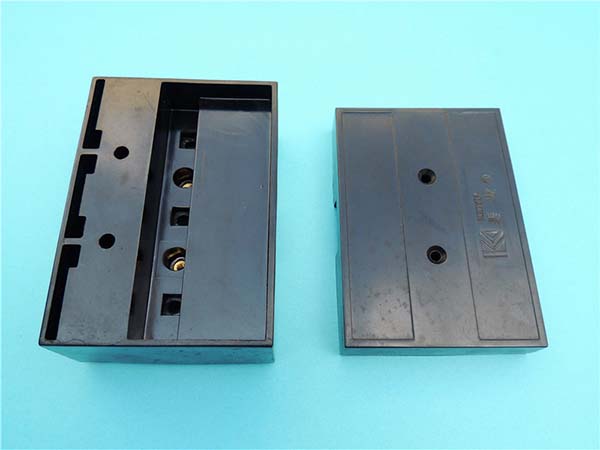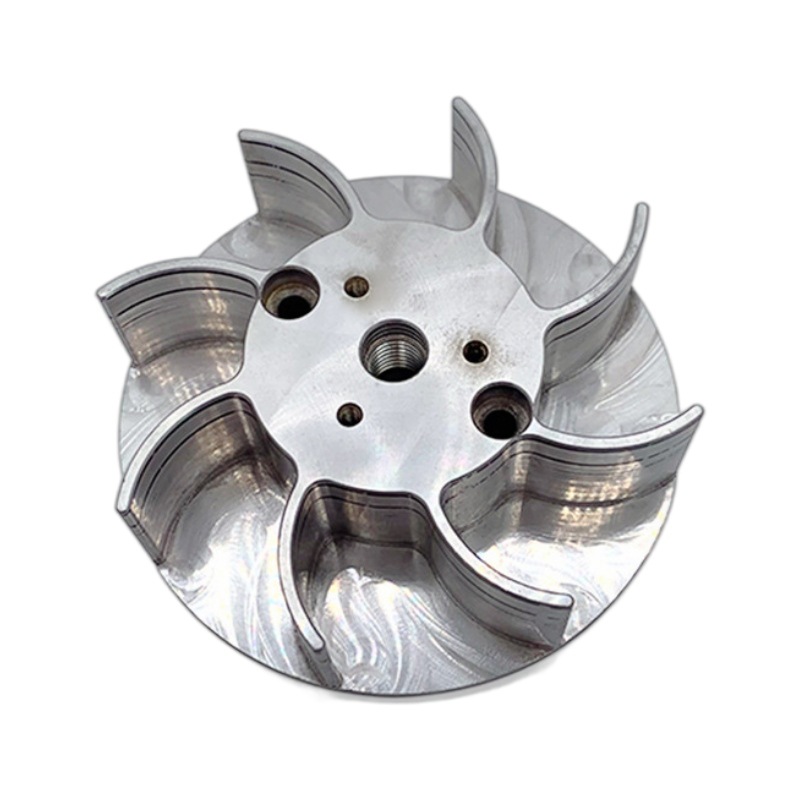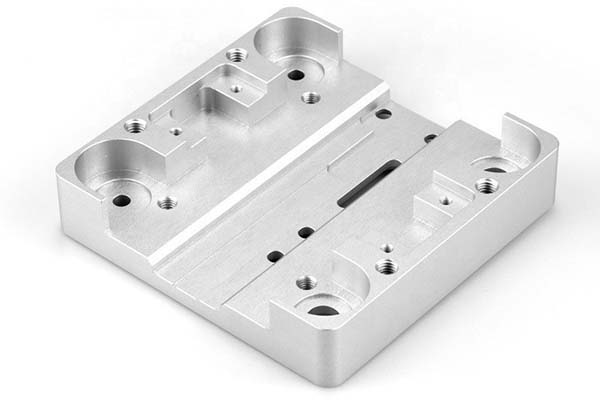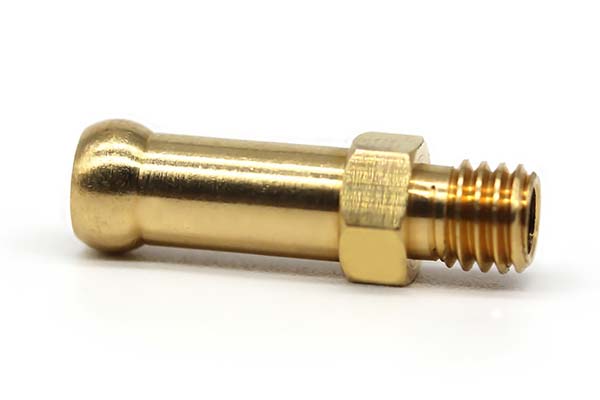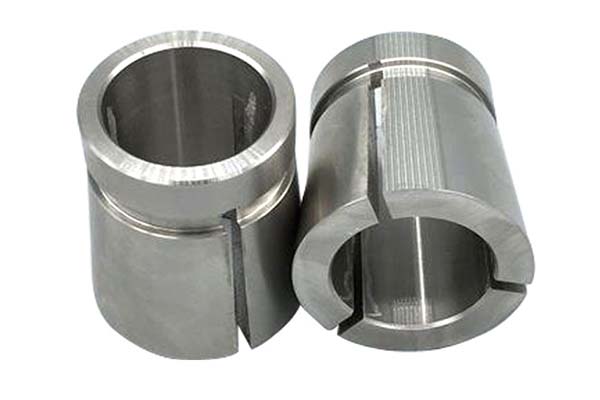Manufacturers working with Q235 (A3) steel often face challenges like built-up edge on tools, inconsistent surface finishes, and difficulty balancing machining speed with tool life. As one of the most widely used mild steels in China and globally, its low cost and versatility make it indispensable—but only if you understand how to machine it properly. This guide breaks down everything from material properties to real-world applications, helping you overcome common hurdles and achieve optimal results.
1. Material Characteristics & Grades of Q235 (A3) Steel
Q235 steel—known as A3 mild steel in some regions—is defined by its compliance with the Chinese GB standard, which specifies its chemical and mechanical properties. Its composition typically includes 0.12–0.20% carbon, 0.30–0.70% manganese, and trace amounts of silicon and sulfur, classifying it as a low-carbon steel.
Key Properties:
- Yield strength: 235 MPa (the "235" in its name), making it ideal for structural applications where moderate strength is required.
- Density: 7.85 g/cm³, consistent with most carbon steels.
- Weldability rating: Excellent—its low carbon content minimizes the risk of brittleness in weld zones, a major advantage over higher-carbon alloys.
Hot-Rolled vs Cold-Drawn Q235:
| Property | Hot-Rolled Q235 | Cold-Drawn Q235 |
| Surface finish | Rougher (scale, oxide layer) | Smoother (Ra 1.6–3.2 μm) |
| Machinability | Good (softer, easier to cut) | Better (harder, more consistent) |
| Dimensional accuracy | ±0.5 mm | ±0.1 mm |
Compared to free-machining steels like 12L14, Q235’s machinability is lower due to its lack of sulfur or lead additives, but its affordability and weldability make it preferable for structural parts.
2. CNC Machining Parameters & Techniques for Q235
Achieving efficiency with Q235 steel requires fine-tuning cutting parameters to avoid built-up edge (BUE) and maximize tool life.
Optimal Cutting Speeds & Feed Rates:
- Cutting speed: For carbide inserts, 100–200 m/min (330–660 ft/min); for HSS tools, 30–80 m/min (100–260 ft/min).
- Feed rate: 0.1–0.3 mm/rev (0.004–0.012 in/rev) for turning; 0.05–0.2 mm/tooth for milling.
- Depth of cut optimization: 1–5 mm for roughing; 0.1–0.5 mm for finishing.
Tool Material Selection:
- Carbide insert grades: Use C2 or C3 grades (e.g., WC-Co alloys) for general machining; they resist abrasion from Q235’s manganese content.
- HSS turning A3: Suitable for low-volume jobs or complex geometries, though tool life is shorter than with carbide.
Coolant & Chip Management:
- Coolant flood vs mist: Flood cooling is recommended for heavy cuts to reduce heat and flush chips; mist systems work for light finishing.
- Chip formation Q235: Produces long, stringy chips—use chipbreakers or adjust feed rates to break chips into manageable pieces.
- Built-up edge prevention: Keep cutting speeds consistent; BUE forms when tools rub rather than cut, often due to slow speeds or dull inserts.
3. Tooling & Edge Preparation for Q235
Q235’s low carbon content makes it slightly gummy, so tool geometry and edge preparation are critical.
Insert & Cutter Design:
- Uncoated carbide inserts Q235: Preferred for their cost-effectiveness; coatings like TiN may not be necessary unless machining at high speeds.
- Positive rake geometry: Reduces cutting forces, minimizing BUE and improving chip flow—ideal for mild steels.
- Polished flutes endmill A3: Smooth flutes prevent chip adhesion, a common issue with sticky low-carbon steels.
Chipbreaker Selection:
Choose chipbreakers with medium to high positive angles to handle Q235’s long chips. For turning, inserts with a "C" or "M" type chipbreaker (per ISO standards) work well.
Toolholder Runout Limits:
Keep runout below 0.01 mm (0.0004 in) to ensure even wear and consistent surface finishes. Excessive runout causes vibration, leading to poor tolerance control.
4. Heat Treatment & Stress Relief for Q235
While Q235 steel is often used in its as-rolled condition, heat treatment can improve machinability or reduce residual stresses.
Common Processes:
- Normalizing Q235 temperature: 880–920°C (1616–1688°F), followed by air cooling. This refines grain structure, reducing hardness (to ~130–150 HB) and improving uniformity.
- Stress relieving mild steel: Heating to 600–650°C (1112–1202°F) for 1–2 hours, then slow cooling. Critical for parts with complex geometries or post-weld distortion.
- Annealing A3: Rarely needed, but can be used to further soften the material (to ~120 HB) for intricate machining.
Post-Weld Heat Treatment:
After welding Q235, stress relieving is recommended to prevent cracking, especially in thick sections. Hold at 600°C for 1 hour per inch of thickness.
5. Surface Finish & Deburring for Q235
Q235’s surface finish depends on machining methods and preprocessing:
- Ra surface finish Q235: With carbide tools and proper parameters, achievable Ra values range from 0.8 μm (finishing) to 6.3 μm (roughing).
- Deburring mild steel edges: Critical for safety and functionality. Use vibratory tumbling for bulk parts or manual deburring tools for tight corners.
- Oxide scale removal: Hot-rolled Q235 often has a scale layer; grit blasting or acid pickling can remove it before machining to prevent tool damage.
Dimensional Tolerance:
With precise CNC controls, A3 steel can hold tolerances of ±0.01 mm for small parts, though structural components typically allow ±0.1 mm.
6. Applications & Industry Examples
Q235 (A3) steel is a workhorse in manufacturing due to its low cost and versatility:
- Structural brackets: Used in machinery and construction, leveraging its 235 MPa yield strength.
- A3 base plates CNC: Machined for precision mounting of industrial equipment, where flatness and stability are key.
- Machinery frames Q235: Welded and machined into robust frames for pumps, compressors, and conveyors.
- Automotive jigs A3: Custom fixtures for assembly lines, where weldability and machinability reduce production costs.
Case Study:
A manufacturer producing construction anchors switched from hot-rolled to cold-drawn Q235. By optimizing cutting speeds (150 m/min with carbide inserts) and using positive rake endmills, they reduced cycle time by 20% and improved surface finish from Ra 3.2 to 1.6 μm, eliminating the need for secondary polishing.
Yigu Technology, a leading parts custom manufacturing supplier, specializes in CNC machining Q235 (A3) steel. Our expertise in parameter optimization—from tool selection to heat treatment—ensures cost-effective production without compromising quality. Whether you need structural components or precision parts, we deliver solutions tailored to Q235’s unique properties, adhering to strict tolerances and safety standards.
FAQ
- Is Q235 steel suitable for high-stress applications?
No—its 235 MPa yield strength limits it to low-to-moderate stress uses. For high-stress parts, consider higher-strength steels like Q345.
- How can I prevent built-up edge when machining Q235?
Use positive rake tools, maintain cutting speeds above 100 m/min with carbide inserts, and apply sufficient coolant to keep the cutting zone cool.
- Can Q235 be welded after CNC machining?
Yes—its excellent weldability remains intact post-machining. For critical applications, follow with stress relieving to prevent distortion.
